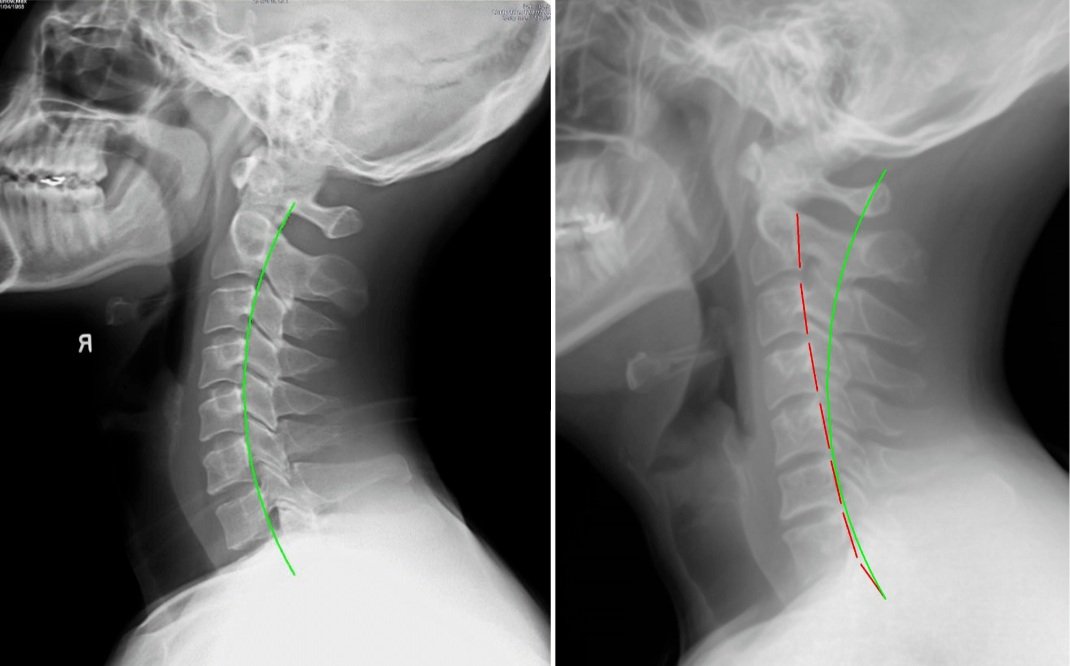What to expect
Building a Strong Foundation for Chiropractic Care
Chiropractic care is similar to constructing a house—each step must happen in the right sequence to ensure stability and proper function. Just like a house needs a solid foundation before walls can be built, and walls must be in place before adding a roof, your body also requires a structured approach to healing. Skipping steps or rushing the process can lead to instability and incomplete recovery. To ensure proper healing and long-term wellness, chiropractic care follows a structured plan with three key phases of treatment.
Relief care
Relief is Within Reach!
Many people seek chiropractic care primarily for pain relief. During this initial phase of treatment, the primary objective is to alleviate discomfort. This may require frequent visits, such as daily sessions or two to three appointments per week for a period of time.
A common misconception is that being pain-free equates to being healthy. However, pain is often a poor indicator of overall well-being. In many cases, symptoms like pain only manifest after a condition has progressed significantly.
Consider a tooth cavity—does it hurt when it first develops, or only when it has worsened? The same applies to conditions like heart disease, cancer, diabetes, stress, and spinal problems. Pain is typically the last symptom to emerge. Similarly, when beginning chiropractic care, pain is often the first symptom to subside, even though the underlying issue may still require further treatment and correction.
Corrective Care
Partnering for Long-Term Health
Most chiropractors consider symptom relief to be the simplest part of treatment. However, if care stops once the pain subsides, the likelihood of the condition returning increases significantly. To prevent a quick recurrence of symptoms, it is essential to continue treatment even after you start feeling better.
During the corrective or restorative phase of care, chiropractic adjustments will be needed less frequently than in the initial phase. Depending on your specific condition, you may also begin incorporating exercises and stretches—either at our center or at home—to support and speed up your healing process.
It is normal to experience occasional mild flare-ups during this stage, as your body is still in the process of healing. These temporary setbacks should not be discouraging. The duration of this phase varies based on the severity and duration of your condition, ranging from a few months to several months.
Wellness care
Consistent Care for a Healthier Life
After your body has fully recovered, ongoing chiropractic care helps prevent recurring issues and keeps your body functioning at its best. Just as maintaining a balanced diet and regular exercise is essential for overall well-being, continued chiropractic care supports the long-term health of your musculoskeletal system.
Incorporating routine chiropractic visits into your lifestyle can help you avoid common aches and pains, promote joint longevity, and allow you to stay active and enjoy the activities you love. Prioritizing spinal health ensures lasting mobility, comfort, and overall wellness.



